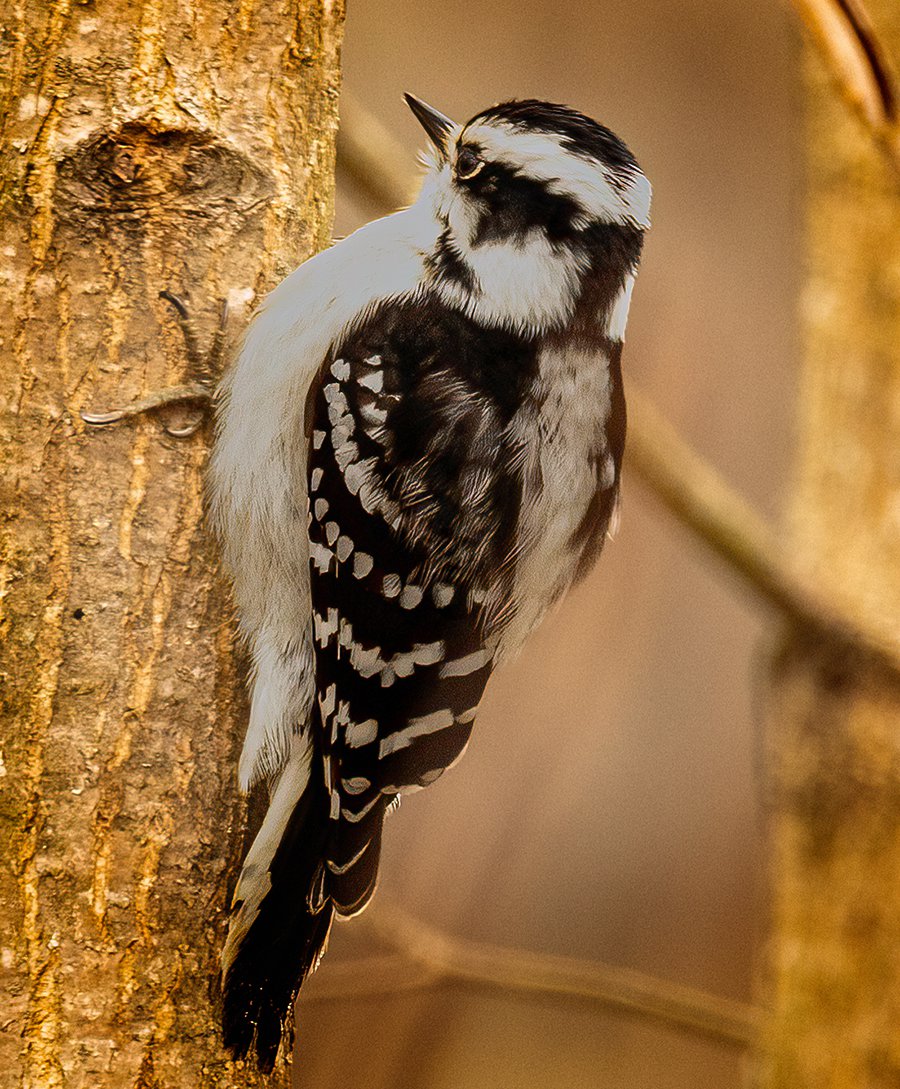Revealing the Keys of Woodpeckers: Behavior, Habitat, and A Lot More
Woodpeckers, with their distinct habits and specialized adaptations, have long fascinated scientists and nature fanatics alike. These remarkable birds possess a series of fascinating tricks that lost light on their survival strategies, habitat preferences, and detailed communication techniques. By discovering the enigmas surrounding woodpeckers' behavior and habitat selections, a much deeper understanding of these avian wonders arises, supplying a peek right into their remarkable globe. What makes these birds truly outstanding, and just how do they navigate their environment with such precision and skill? Let's discover the exciting realm of woodpeckers and unravel the enigmatic details that make them such fascinating subjects of research study.
Woodpecker Habits Insights
In examining woodpecker habits, a fascinating display of specialized abilities and adaptations emerges, clarifying their remarkable ecological specific niche - Woodpeckers in Florida. Woodpeckers, understood for their unique drumming on trees, possess a selection of behavior traits that contribute to their survival and success in their atmosphere. One essential habits is their drumming, which serves several functions such as interaction, establishing area, drawing in companions, and finding food sources. This balanced pecking likewise showcases their impressive toughness and endurance, as they can hammer away continuously at broadband without creating harm to themselves.
Furthermore, woodpeckers exhibit an unique feeding habits characterized by their ability to remove insects from tree bark utilizing their specialized beaks. Their lengthy, barbed tongues help in catching prey, while their solid neck muscle mass supply stability and accuracy during pecking movements. This feeding technique enables woodpeckers to accessibility covert insect larvae and remove them with impressive efficiency.
Environment Preferences and Option
What elements influence the habitat choices and option of woodpeckers? One important aspect affecting woodpecker environment selection is the accessibility of ideal nesting sites. Woodpeckers commonly like woodlands with a mix of fully grown trees that supply enough possibilities for tooth cavity excavation.
Furthermore, woodpeckers show a preference for habitats with an abundant supply of food resources. They are primarily insectivorous, feeding on beetles, ants, larvae, and other pests found in decaying timber or tree bark. Woodpeckers have a tendency to prefer wooded locations with a varied insect population to satisfy their dietary demands.
Additionally, the existence of dead or decaying trees is an additional vital variable in woodpecker habitat selection. These trees not just give food resources but additionally supply ideal substratum for dental caries excavation. Dead trees are necessary for the maintenance of healthy woodpecker populaces, as they play a crucial role in the woodpeckers' life cycle and ecosystem characteristics.
Feeding Routines and Diet Make-up
Woodpeckers show a specialized feeding behavior concentrated on foraging for pests within various environments. Their diet regimen redirected here mostly consists of insects such as beetles, ants, caterpillars, and crawlers, which they find by tapping on tree bark and paying attention for the sound of movement inside. Woodpeckers utilize their strong beaks to pierce right into the wood and their lengthy, barbed tongues to draw out target from gaps. In addition website link to pests, woodpeckers also eat tree sap, fruits, nuts, and seeds, including range to their diet relying on the period and availability of food resources.
The foraging methods of woodpeckers are well-adapted to their arboreal way of life. Woodpeckers play a critical duty in maintaining the health of forests by controlling insect populations and assisting in the disintegration of timber.
Drumming Seems and Communication
Utilizing rapid drumming audios on numerous surface areas, woodpeckers utilize an unique type of interaction to signify territory borders and bring in companions. This drumming habits is not only a method of interaction but likewise functions as a means for woodpeckers to establish their existence within a certain location. The intensity, speed, and pattern of the drumming can communicate important details to other woodpeckers around.
Woodpeckers make use of drumming sounds to reveal their existence in a region and to warn off prospective trespassers. The loud and repeated nature of the drumming acts as a clear signal to other woodpeckers that the area is currently claimed. This aids in reducing disputes and decreasing physical confrontations in between individuals.

Survival Adaptations and Specialized Composition

Final Thought
To conclude, woodpeckers exhibit one-of-a-kind habits, such as drumming noises for interaction, and have actually specialized anatomy for survival in their picked habitats. Their feeding habits and diet regimen structure further show their versatility to various atmospheres. By understanding these facets of woodpeckers, scientists and guardians can much better secure and preserve these remarkable birds and their ecological communities.